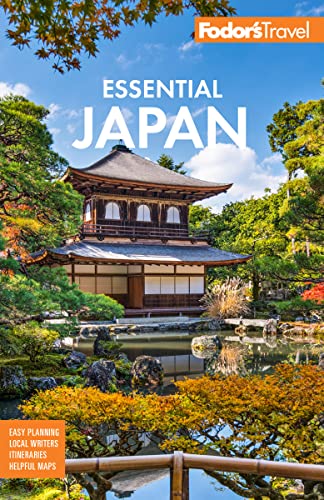Baseball in Japan
Sumo may be the national sport, but without question, the most popular sport in Japan is baseball. It was first introduced in 1872 by Horace Wilson and has been popular ever since.
Each October two major-league teams in the United States (or one major-league team from the United States and one major-league team from Canada) play the best of seven games to decide the World Series. But judging from the results of the World Baseball Classic (WBC) that Japan has won twice, any true world series of baseball would have to include Japan. Although the Japanese professional-league season is shorter than its American counterpart (130–140 games versus 162 games), the major-league season's brevity is more than made up for by the company-league season, the university circuit, and the spring and summer high school tournaments. In addition there are junior high school and elementary school leagues. Many municipalities and towns even have senior leagues for people over 60 years old. The game is played everywhere: from the southern islands of Okinawa to the northern tip of Hokkaido.
Catching a game
Even if you’re not a baseball fan, you should try to take in a game on any level for the spectacle. Like the players, the fans come prepared. From team colors and fan paraphernalia to songs and boxed lunches, the Japanese fans have it down. The cheering starts with the first pitch and doesn’t end until the last out. Wherever you go to see a game, you will be made to feel welcome and your interest or curiosity will be rewarded.
Baseball-do
Martial arts in Japan (judo, kendo, kyudo) and many other activities including the tea ceremony (chado) and calligraphy (shodo) end in the suffix do (pronounced “doe,” as in the female deer, and meaning "way"). In Japan baseball is also a do, an art rather than a sport. Of course, the Japanese watch baseball as they watch any sport, but in terms of their preparation and mental approach to the game, it is a do.
All of Japan's active arts require years of practice to achieve the level of intense concentration and mindlessness that mastery requires. The idea is that if you practice something long enough and hard enough, it will become pure reflex. Then you won’t have to think about what to do and when to do it. You will just do it. Major players like Toritani and Sakamoto, Nishioka and Makajima play with a fluidity and grace that is beyond athleticism, exhibiting true mastery of the sport, and the result can be breathtaking.
Spring and Summer High School Tournaments
If you’re fortunate enough to be in Japan in either March or August, you can attend the high school baseball tournament held annually at Koshien Stadium in Nishinomiya (near Osaka), the mecca of Japanese baseball. In what regard is high school baseball held? Well, the pro team that normally plays at Koshien (the Hanshin Tigers) has to hit the road for two weeks in August to make way for the summer tournament. Both high school tournaments last about two weeks. Many of the star high school players go on to be standout players in both Japan and the United States.
Ticket prices
Tickets for a professional baseball game (the season runs from late March/early April to October) are a relatively good buy. At Koshien, home of the Hanshin Tigers, prices range from ¥1,900 for a seat in the outfield to ¥4,000 for a reserved seat on a lower level. When box seats are offered for sale, you can expect to pay around ¥6,000. Prices are similar at Tokyo Dome, where the Yomiuri Giants play.
Tickets for the high school baseball tournaments are even more affordable. Prices range from ¥500 for upper-reserved to ¥1,200 for lower-reserved to ¥1,600 for box seats. Seats in the bleachers are free throughout the tournaments.
.




